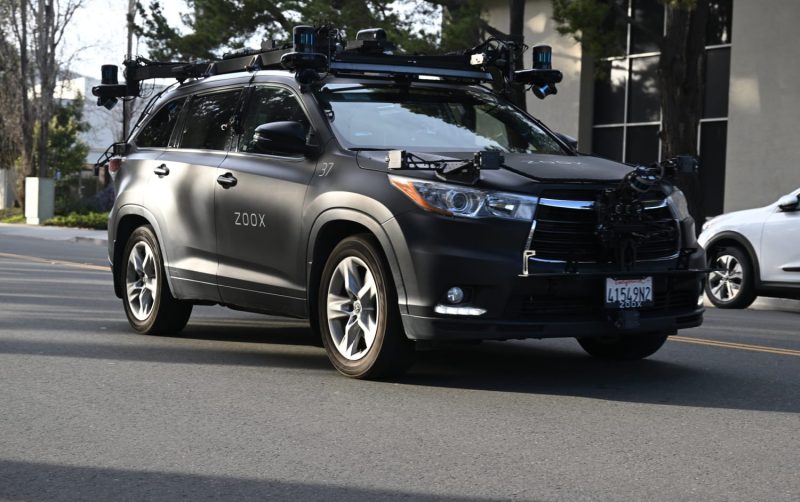Amazon-owned self-driving vehicle company, Zoox, has recently come under investigation by the National Highway Traffic Safety Administration (NHTSA) following two crashes involving its robotaxis. This development is a significant occasion as it brings attention to the safety of self-driving vehicles and could have significant implications on the autonomous vehicle industry.
The two incidents occurred in Las Vegas where Zoox is conducting its testing operations. Specifically, the incidents involved two of Zoox’s custom-built robotaxis; the first incident occurred on October 14th when one of the autonomous cars collided with another vehicle at the speed of 20mph, after running a red light. The second crash, however, took place on October 18th during a manual driving test. Fortunately, no injuries were reported on both occasions.
NHTSA, being the federal agency responsible for enforcing vehicle performance standards and regulations in the United States, launched an investigation almost immediately. The organization has a special Crash Investigation Division that looks into significant crashes involving advanced driver assistance systems or autonomous driving. The recent investigation sparked by Zoox’s accidents falls under this category.
Zoox, the autonomous vehicle company was acquired by Amazon in 2020. Since its inception, the company has been creating and testing its platform for urban mobility. Specifically, the firm’s focus lies with zero-emissions vehicles designed for ride-hailing services in cities. But, these incidents may impact the company’s plans to roll-out full-scale operations by 2022.
It’s noteworthy that, the autonomous vehicles were operating at low speeds during both crashes, and it is yet to be determined if the vehicles’ self-driving systems were responsible. The NHTSA’s investigation will be significant in shedding light on these uncertainties, establishing the cause of the incidents, and providing guidelines and rules to be followed in the future for the operation of self-driving vehicles.
In light of these incidents, some analysts argue that self-driving companies like Zoox should potentially consider slowing down their testing and operations, prioritizing safety protocols to reassure the public. The NHTSA’s probe will play a critical role in ensuring vehicular safety and public trust, with its outcome potentially offering wider insights into the challenges faced by the burgeoning autonomous vehicle industry.
It’s important to recognize that incidents like these, while unfortunate, can also serve as learning opportunities. Zoox, its competitors, and regulatory bodies can use the information gathered from the investigation to improve operational protocols, enhance safety features, and make the necessary changes to prevent such incidents from happening in the future.
Despite the significant progress made in autonomous vehicle technology, these accidents remind us that this is still a young field with many complexities. Balancing the rush to market with ensuring the safety of the public isn’t a simple task, but it’s one that companies like Zoox must prioritize as they continue to innovate and push the boundaries of technology.
In conclusion, while it’s certainly a setback for Zoox, it’s also an opportunity for the company and the wider industry to learn, grow, and ultimately build safer autonomous vehicles. The outcome of the NHTSA investigation will be eagerly awaited by all stakeholders for the broader implications it might have on the autonomous driving industry.




